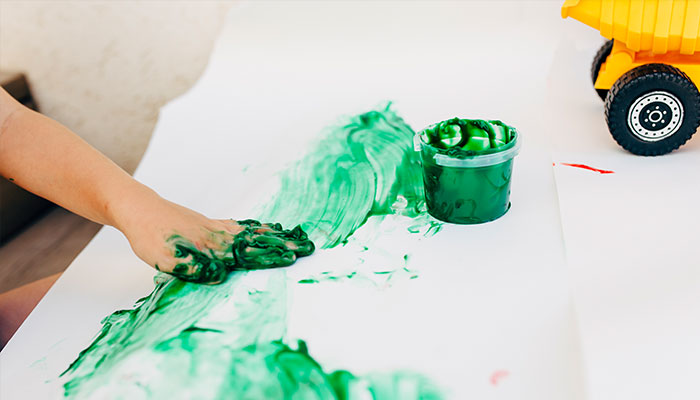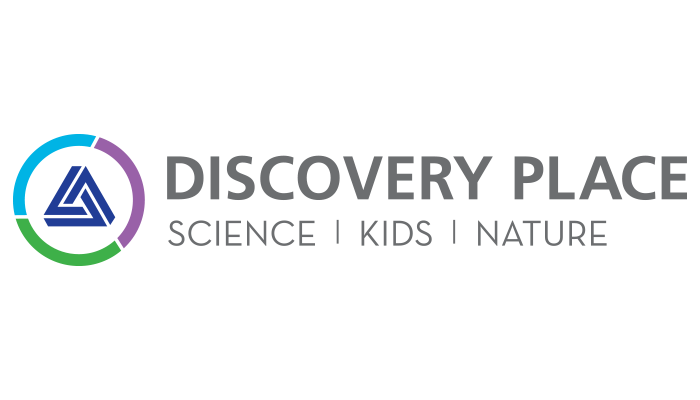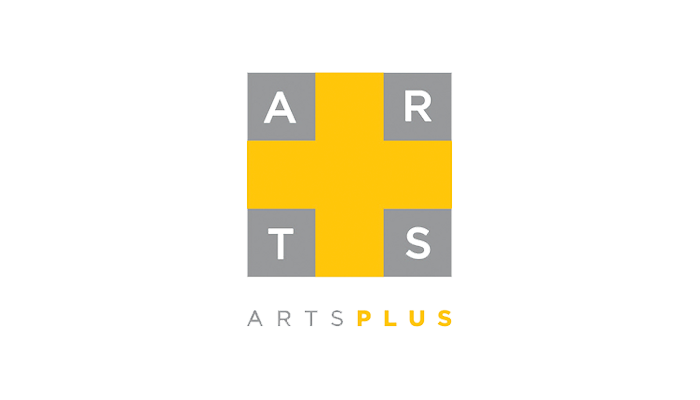While we believe that the books and resources recommended may be of value to you, keep in mind that these are suggestions only and you must do your own due diligence to determine whether the materials are appropriate and suitable for your use. PNC has no sponsorship or endorsement agreement with the authors or publishers of the materials listed.
TRANSPORTATION

Going Places
Children will investigate vehicle motion and make a painting

Lesson Objective
Children will investigate vehicle motion caused by wheels and make a motion painting.
ScienceArt
What You'll Need
Note: You will need to search the Internet for an image of Time Transfixed by René Magritte
- A large reproduction or digital image of Time Transfixed by René Magritte
- Watered down tempera paints in squeeze bottles – 1 color per table
- Toy cars and trucks
- Disposable trays – 1 per table
- Felt – cut to the size of the bottoms of the trays
- Duct tape
- White butcher paper
What To Do
Note: Prior to beginning the lesson, cover the tables with the butcher paper. Make paint pads by taping the felt to the inside of the bottom of the trays. Saturate the felt with the watered down paint.
- Discuss the different places the children have traveled (e.g., school, shopping, relative’s homes).
- Ask them how they get to the places they want to go (see Guiding Student Inquiry).
- Display the artwork, and ask children to describe what they see (e.g., identify the vehicle and describe what it is about the train that allows it to move).
- Explain that this is a surreal painting and that the artist painted it as a fantasy (see Vocabulary and Did You Know?).
- Distribute the toy cars and trucks. Allow the children to play with them for a few minutes.
- Discuss what it is about the cars and trucks that help them to move.
- Have the children compare the toy vehicles with the train from the painting (see Guiding Student Inquiry).
- Tell the children that they will be using motion to paint with the vehicles.
- Place the paint trays on the tables.
- Demonstrate rolling a vehicle over the paint-coated felt, and then push the vehicle to roll it over the paper.
- Have the children paint the tire tracks of the vehicles on the paper-covered tables.
- Discuss the motion of the wheels and the differences in the lines made by the different vehicles.
Resources
Home School Resources
Home educators: use these printable lesson PDFs to teach this lesson to your home schoolers. They're available in English and Spanish.
Content Provided By
Common Core State Standards Initiative – These lessons are aligned with the Common Core State Standards ("CCSS"). The CCSS provide a consistent, clear understanding of the concepts and skills children are expected to learn and guide teachers to provide their students with opportunities to gain these important skills and foundational knowledge [1]. Visit the CCSS



